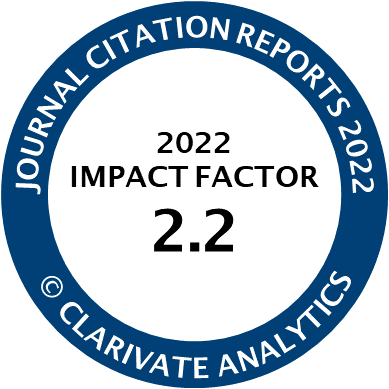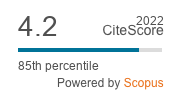Article | Open Access
On the Process of Including Shipping in EU Emissions Trading: Multi-Level Reinforcement Revisited
| Views: | 1924 | | | Downloads: | 1141 |
Abstract: As part of the EU Green Deal initiative in 2019, the EU Commission decided to develop a proposal to include emissions from shipping in the EU emissions trading system. This occurred only one year after the Commission had heralded the emissions reduction agreement negotiated in the International Maritime Organization (IMO) as a significant step forward—thereby signalling support for the IMO process. We apply a multi-level reinforcement perspective to explain this apparent policy volte-face, resulting in a Commission proposal in July 2021 which is now moving through institutions in the EU. Such a perspective notes the “friendly” competition for leadership among central actors at various levels in the EU—particularly the Commission, the European Parliament, and leading member states. We find, first, that the inclusion of shipping is in line with the broadening ambitions of the Commission since the start of the emissions trading system. Second, until 2019, the Parliament carried the regulatory torch. A turning point in the policymaking process was the inclusion of the shipping issue in Ursula von der Leyen’s programme for getting accepted by the Parliament and elected as Commission leader in 2019. From then on, the Commission again took the lead. Third, despite the 2018 IMO agreement, progress there was deemed slow, which further motivated EU policymakers to act unilaterally.
Keywords: emissions trading; ETS; European Union; Green Deal; International Maritime Organization; shipping emissions
Published:
Supplementary Files:
© Jørgen Wettestad, Lars H. Gulbrandsen. This is an open access article distributed under the terms of the Creative Commons Attribution 4.0 license (http://creativecommons.org/licenses/by/4.0), which permits any use, distribution, and reproduction of the work without further permission provided the original author(s) and source are credited.




